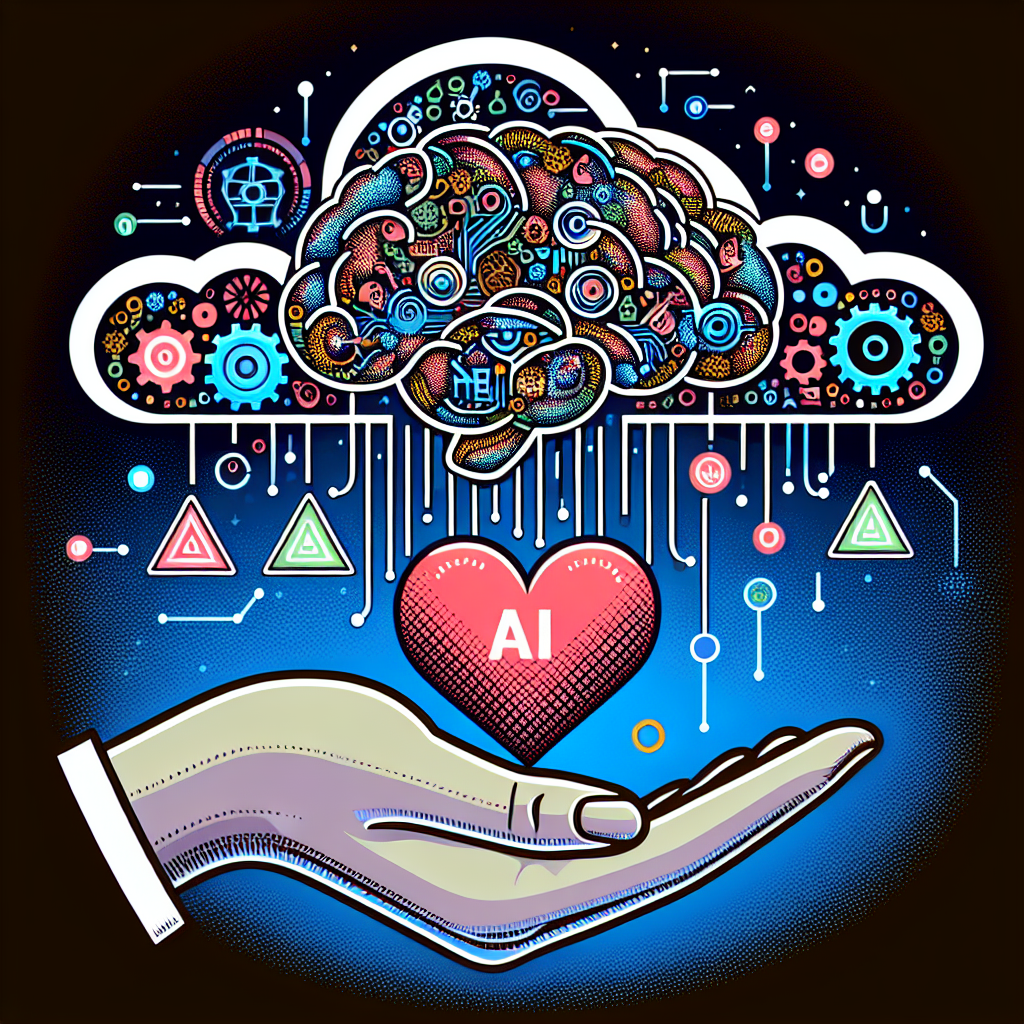Artificial Intelligence (AI) has revolutionized many industries, and philanthropy is no exception. With the help of AI, nonprofit organizations can enhance donor engagement and retention, ultimately leading to increased funding and support for their causes. By leveraging AI technologies, nonprofits can better understand their donors, personalize their outreach efforts, and create more impactful campaigns. In this article, we will explore the ways in which AI is transforming philanthropy and how nonprofits can use this technology to effectively engage and retain donors.
Enhancing Donor Engagement with AI
Donor engagement is a crucial aspect of philanthropy, as it determines the success of fundraising efforts and the long-term sustainability of nonprofit organizations. AI can help nonprofits enhance donor engagement in several ways:
1. Personalized Communication: AI algorithms can analyze donor data to create personalized communication strategies. By understanding donors’ preferences, interests, and giving patterns, nonprofits can tailor their messages to resonate with each individual, leading to increased engagement and donations.
2. Predictive Analytics: AI can analyze historical donor data to predict future behavior and preferences. By using predictive analytics, nonprofits can identify donors who are likely to contribute more or become long-term supporters, allowing them to focus their efforts on cultivating these relationships.
3. Automated Outreach: AI-powered chatbots and virtual assistants can handle routine donor inquiries, freeing up staff members to focus on more strategic tasks. By automating outreach efforts, nonprofits can engage with donors more efficiently and effectively.
4. Social Media Monitoring: AI tools can monitor social media platforms to identify potential donors and engage with them in real-time. By tracking social media conversations and trends, nonprofits can reach out to new donors and cultivate relationships with existing supporters.
5. Donor Segmentation: AI can segment donors based on various criteria, such as giving history, demographics, and interests. By creating targeted donor segments, nonprofits can tailor their messaging and campaigns to better resonate with each group, leading to increased engagement and retention.
Retaining Donors with AI
Donor retention is a critical factor in the success of nonprofit organizations, as it is often more cost-effective to retain existing donors than to acquire new ones. AI can help nonprofits improve donor retention by:
1. Predicting Donor Churn: AI algorithms can analyze donor data to predict which donors are at risk of churning. By identifying donors who are likely to stop giving, nonprofits can take proactive steps to re-engage them and prevent churn.
2. Personalized Retention Strategies: AI can help nonprofits create personalized retention strategies for individual donors. By analyzing donor data and preferences, nonprofits can tailor their outreach efforts to address each donor’s specific needs and concerns, increasing the likelihood of retention.
3. Feedback Analysis: AI-powered sentiment analysis tools can analyze donor feedback and sentiment to identify areas for improvement. By listening to donor feedback and addressing their concerns, nonprofits can improve donor satisfaction and retention.
4. Automated Thank-You Messages: AI-powered chatbots can send personalized thank-you messages to donors after they make a donation. By automating this process, nonprofits can show appreciation to donors in a timely manner, leading to increased satisfaction and retention.
5. Donor Lifetime Value Prediction: AI can predict the lifetime value of individual donors based on their giving history and behavior. By understanding the value of each donor, nonprofits can prioritize their retention efforts and tailor their strategies to maximize long-term support.
FAQs
Q: How can nonprofits get started with AI for donor engagement and retention?
A: Nonprofits can start by collecting and analyzing donor data to identify trends and patterns. By understanding their donors’ preferences and behavior, nonprofits can leverage AI technologies to create personalized communication strategies and targeted campaigns.
Q: What are some common AI tools used in philanthropy?
A: Common AI tools used in philanthropy include predictive analytics software, chatbots, sentiment analysis tools, and donor management systems. These tools can help nonprofits enhance donor engagement and retention by automating tasks, analyzing data, and creating personalized outreach strategies.
Q: How can AI help nonprofits improve their fundraising efforts?
A: AI can help nonprofits improve their fundraising efforts by analyzing donor data, predicting donor behavior, and creating personalized campaigns. By leveraging AI technologies, nonprofits can engage with donors more effectively, increase donations, and enhance overall fundraising performance.
Q: What are the ethical considerations of using AI in philanthropy?
A: Ethical considerations of using AI in philanthropy include data privacy, transparency, bias, and accountability. Nonprofits should ensure that they are using AI technologies in a responsible and ethical manner, respecting donors’ privacy and ensuring that their algorithms are fair and unbiased.
In conclusion, AI has the potential to revolutionize philanthropy by enhancing donor engagement and retention. By leveraging AI technologies, nonprofits can better understand their donors, personalize their outreach efforts, and create more impactful campaigns. With the right strategies and tools in place, nonprofits can effectively engage and retain donors, ultimately leading to increased funding and support for their causes.

